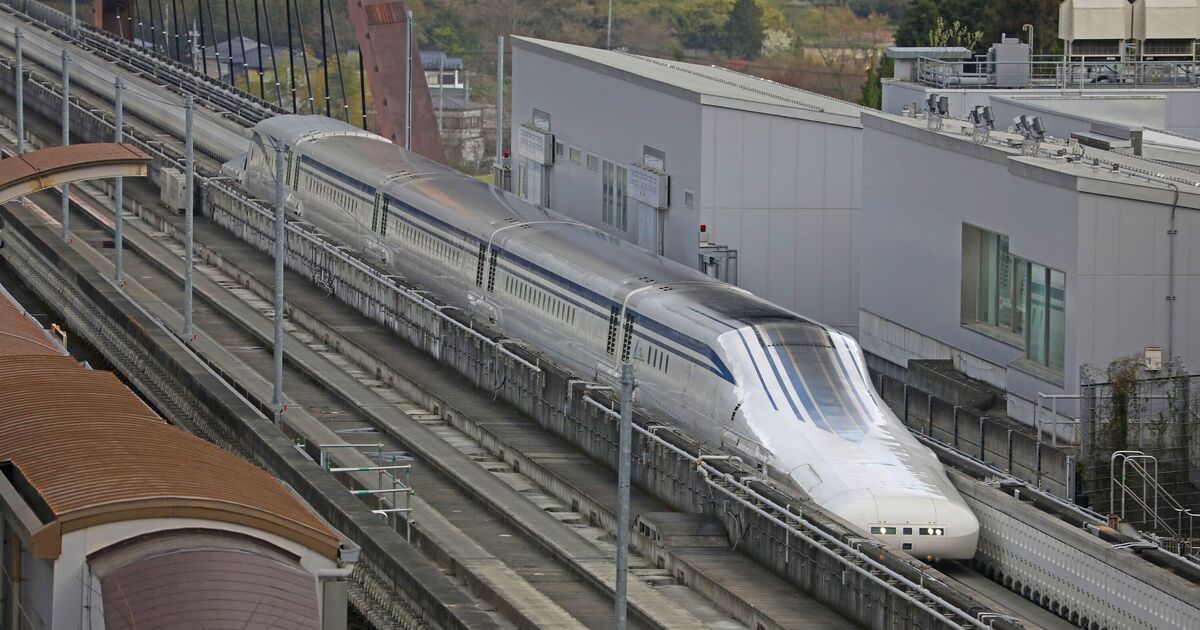

Imagine gliding across the rolling countryside at incredible speeds, yet feeling almost nothing. There’s no rumble beneath your feet, no clatter of wheels on rails. In fact, there are no wheels at all. You’re not riding on the tracks, you’re floating above them. This surreal experience isn’t a scene from a sci-fi movie, it's become a reality thanks to Maglev trains, a cutting-edge technology that allows trains to hover and race forward at record breaking speeds with astonishing smoothness.
Japan is already home to one of the most admired high-speed rail systems in the world that can reach up to 200mph, the Shinkansen, established in 1964. Now, however, the upcoming Chuo Shinkansen, powered by Maglev (short for magnetic levitation) technology, is expected to leave even Japan’s iconic bullet trains in the dust.
In a 2015 test, the SCMaglev (Superconducting Maglev) reached a jaw-dropping 375mph. That’s faster than most aeroplanes during takeoff and much quicker than any current commercial train.
The train will eventually connect Tokyo to Osaka, linking the country's capital to its third most populated city via Nagoya.
Currently, the 200-mile journey between Tokyo and Nagoya, takes around 90 minutes, but once the new line is completed it will cut travel time down to just 40 minutes.
It was initially expected to be completed by 2027, but this has now been delayed to 2037, according to Japan Rail Pass.
Unlike traditional trains that run on wheels, Maglev trains rely on the principle of magnetic repulsion between the train and the guideway to achieve levitation and motion.
The train doesn't touch the tracks at all, it hovers above the tracks using advanced magnetic systems. This floating effect is made possible by an electrodynamic suspension system (EDS).
When stationary, the train rests on rubber wheels. It begins its journey slowly, using these wheels until it reaches around 93 mph.
At that point, the interaction between the onboard magnets and the track's magnetic field generates enough repulsive force to lift the train roughly four inches off the ground.